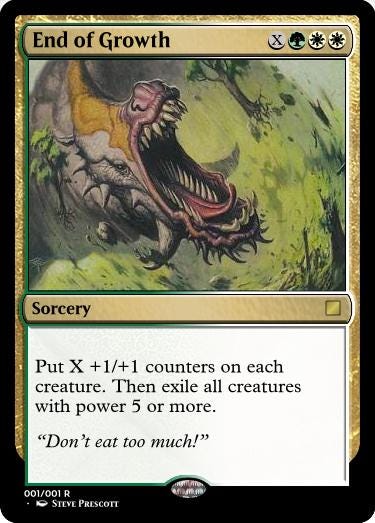Terrifying Tim on the end of growth
More takes on Tim Morgan’s 2013 82-page publication called “Perfect storm; energy, finance and the end of growth.” His foresight is impeccable.
Starts with a bang;
“The economy as we know it is facing a lethal confluence of four critical factors – the fall-out from the biggest debt bubble in history; a disastrous experiment with globalisation; the massaging of data to the point where economic trends are obscured; and, most important of all, the approach of an energy-returns cliff-edge.”
Tim Morgan sees a cultural significance in the rise of debt. He thinks that, since the 1980s;
“there has been a relentless shift to immediate consumption as part of something that has been called a cult of self-worship. The pursuit of immediate gratification has resulted in the accumulation of debt on an unprecedented scale.”
This theme has been identified way back in 1976 by Daniel Bell in his book The Cultural Contradictions of Capitalism. Bell’s idea was that the driving force behind capitalism was puritanical – it relied on deferred gratification as entrepreneurs cut back on current consumption in order to accumulate capital and build businesses. From the 1950s onwards, western societies became more interested in immediate consumption – the car in every garage, the kitchen stocked with white goods and so on. Since then, arguably, governments have been desperately trying to satisfy those needs, first with fiscal policy and then with debt-financed growth. Oddly enough, it is now the nominally-communist Chinese who display the capitalist virtues of high savings and capital accumulation.
How about the “disastrous experiment with globalisation”?
“Western countries reduced their production without making corresponding reductions in their consumption. Corporations’ outsourcing of production to emerging economies boosted their earnings (and, consequently, the incomes of the minority at the very top) whilst hollowing out their domestic economies through the export of skilled jobs.”
Here Morgan’s argument is;
“What matters here is that reducing production, increasing consumption and taking on escalating debt to fill the gap was never a remotely sustainable course of action. What this in turn means is that no return to the pre-2008 world is either possible or desirable.”
In the publication Tim states unequivocally that we are at the end of growth however concluding by posing a question on what is life after growth?
This is unlike solutions preferred by the technocrats who are pushing for various forms of control through limitation, ending, reduction, locking down and restrictions under the benevolent sounding rubric of “sustainable.”
All detailed in the 1972 Limits to growth report commissioned by The Club of Rome with objectives intended to;
Gain insight into the limits of our world system and the constraints it puts on human numbers and activity.
Identify and study the dominant elements, and their interactions, that influence the long-term behavior of world systems.
To warn of the likely outcome of contemporary economic and industrial policies, with a view to influencing changes to a sustainable lifestyle.
This overall Malthusian ideology has been in lock step ever since albeit under different terms with similar conclusions;
A seemingly sudden and controlled decline in both population and industrial capacity.
A global “equity” designed so that the basic material needs of each person on earth are satisfied and each person has an “equal” opportunity to realize his individual human potential. (CBDC’s, UBI, DEI, etc.)
Rental economy (where many own nothing, in debt and are in servitude).
Limited dissent and no freedom.
As more people smell the stink of the degrowth model, it behooves us to ask how we plan on self determining our life after growth?
- Ope


